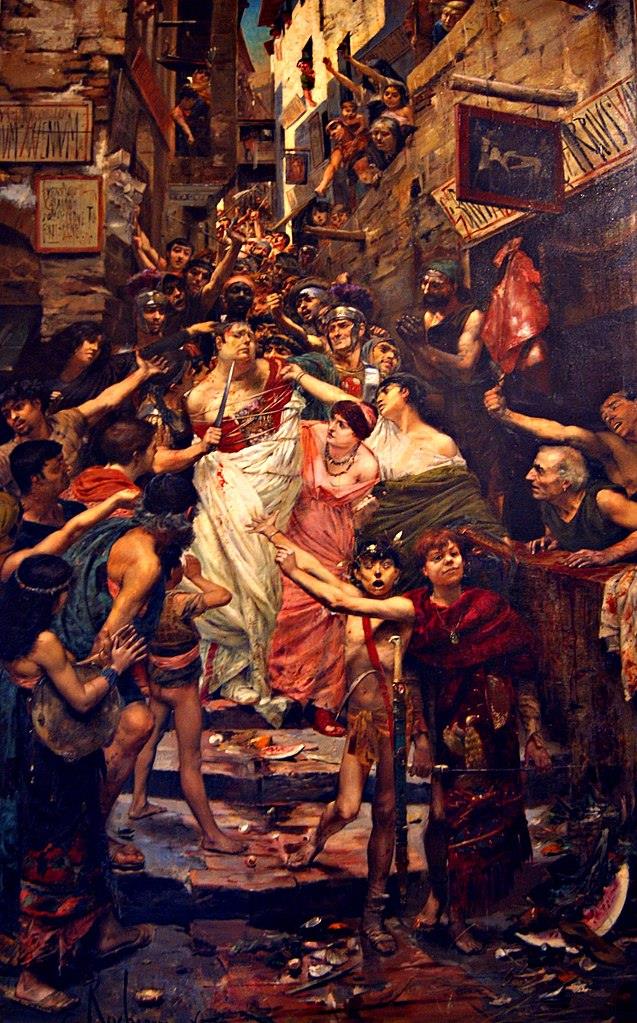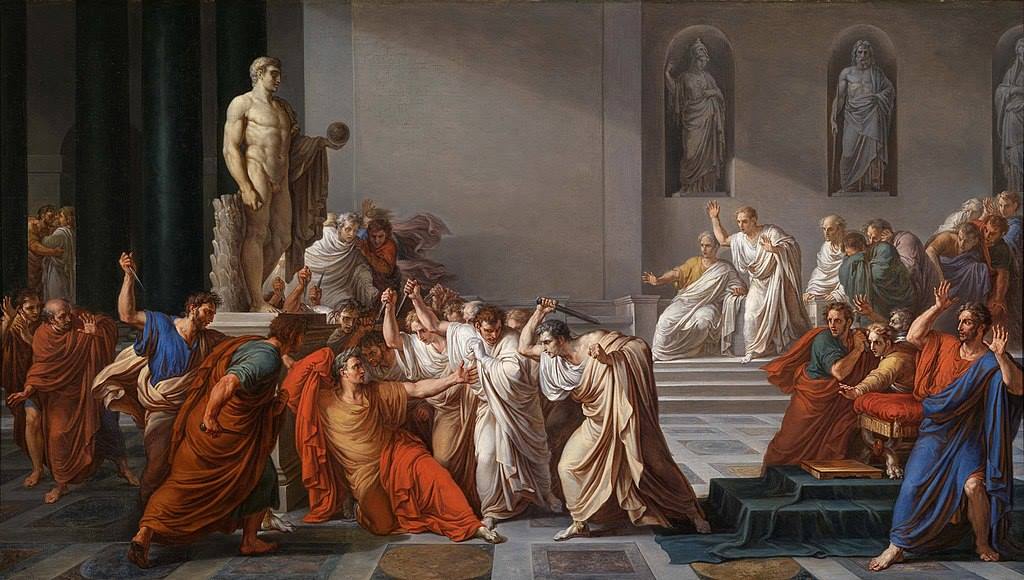Today, the phrase “How often do men think about ancient Rome?” sparks fascination and curiosity. You might have wondered what it would be like to be a Roman emperor, enjoying all the luxuries and power that such a position entailed. However, being an emperor in ancient Rome was far from a guarantee of safety or invulnerability. Indeed, dangers and enemies often lurked from within, almost hidden. To illustrate the perilous nature of this role, consider that from 27 BC to AD 476, a staggering 49% of Roman emperors were assassinated, while only 33% died of natural causes. In this discussion, we will delve into some of the notable deaths of these Roman emperors.
The Tragic End of Petronius Maximus
In the turbulent history of the Roman Empire, the story of Emperor Petronius Maximus stands out for its brevity and brutality. Ascending to power in a period marked by instability and strife, his reign was cut short after just seventy-one days. On 31 May AD 455, amidst growing chaos and public resentment, Petronius attempted to flee Rome. However, he was intercepted by an enraged mob, who expressed their fury through a merciless act of violence: they stoned him to death. This brutal episode not only marked the end of his short-lived rule but also reflected the volatile and often perilous nature of being an emperor in ancient Rome.
The Julio-Claudian Dynasty: A Tale of Power and Peril
The Julio-Claudian Dynasty, marking the inception of the Roman Empire, was characterized by a series of dramatic and often violent deaths of its emperors. This period, beginning with Augustus in 27 BC and ending with Nero in AD 68, was marked by significant political and social changes. However, it was also a time rife with personal vendettas, conspiracies, and treachery. Emperors like Caligula and Nero, infamous for their tyrannical rule, met their ends through assassination and forced suicide, respectively.
The deaths within this dynasty were not just limited to its emperors. Agrippina the Younger, Nero’s mother, was famously murdered by her son, exemplifying the extent of familial betrayals. Claudius, another emperor of this line, is widely believed to have been poisoned by his wife, Agrippina the Elder, to elevate Nero to the throne. These instances of murder and treachery within the highest ranks of Roman society illustrate the dangerous interplay of power, paranoia, and ambition that defined the Julio-Claudian era. The dynasty’s history serves as a stark reminder of the volatility and risk inherent in the lives of those who wielded supreme power in ancient Rome.
The Downfall of Emperor Vitellius
Vitellius, a Roman Emperor, met a grim end after a brief reign marked by turmoil. As Vespasian’s forces entered Rome, Vitellius’ supporters offered fierce resistance, leading to a devastating battle. The city suffered extensive damage, and an estimated 50,000 people lost their lives. Vitellius was discovered hiding, forcibly taken to the Gemonian stairs—a site known for the display of executed criminals—and killed there by Vespasian’s supporters. His final words, “Yet I was once your emperor,” underscored the tragic fall from power. Following his execution, his body was disposed of in the Tiber River, and both his brother and son were also killed.

The Sudden Demise of Emperor Commodus
Emperor Commodus, known for his erratic and often brutal reign, met an end as dramatic as his life. On the last day of 192 AD, a conspiracy unfolded against him, involving his own concubine Marcia. Initially, an attempt was made to poison his wine, but when this failed, Narcissus, Commodus’s wrestling partner, took a more direct approach. In a state of vulnerability, possibly due to the effects of the poison, Commodus was strangled by Narcissus in his own bedchamber.
Caesar’s Fall
Although Julius Caesar was not an emperor, his rule and subsequent assassination marked the definitive end of the Roman Republic and set the stage for the rise of the Roman Empire. Caesar’s governance was a turning point in Roman history, his accumulation of power and reformative actions signaling a shift away from the traditional Republican values. His assassination on the Ides of March in 44 BC is one of the most famous murders in history, a moment that symbolizes the demise of the Republic.

Julius Caesar’s assassination was not only notable for its political significance but also for the dramatic and personal nature of the betrayal. On the 15th of March, 44 BC, a group of senators, including some of Caesar’s closest allies like Brutus and Cassius, conspired against him. This betrayal was profound, as these were individuals he had trusted. The assassination took place in the Theatre of Pompey, where Caesar was viciously stabbed 23 times. The betrayal by those closest to him, the number of assailants involved, and the sheer brutality of the attack, made this a defining moment in history, illustrating the dangerous intersections of power, loyalty, and ambition in ancient Rome.
Historical Challenge: Can You Conquer the Past?
Answer more than 18 questions correctly, and you will win a copy of History Chronicles Magazine Vol 1! Take our interactive history quiz now and put your knowledge to the test!

